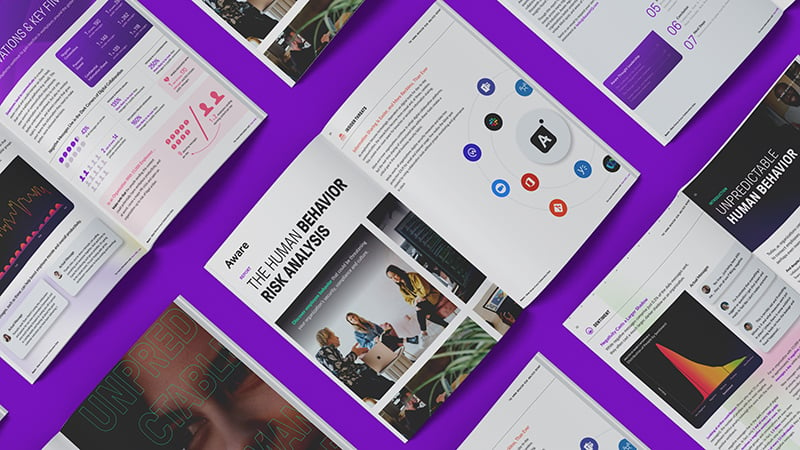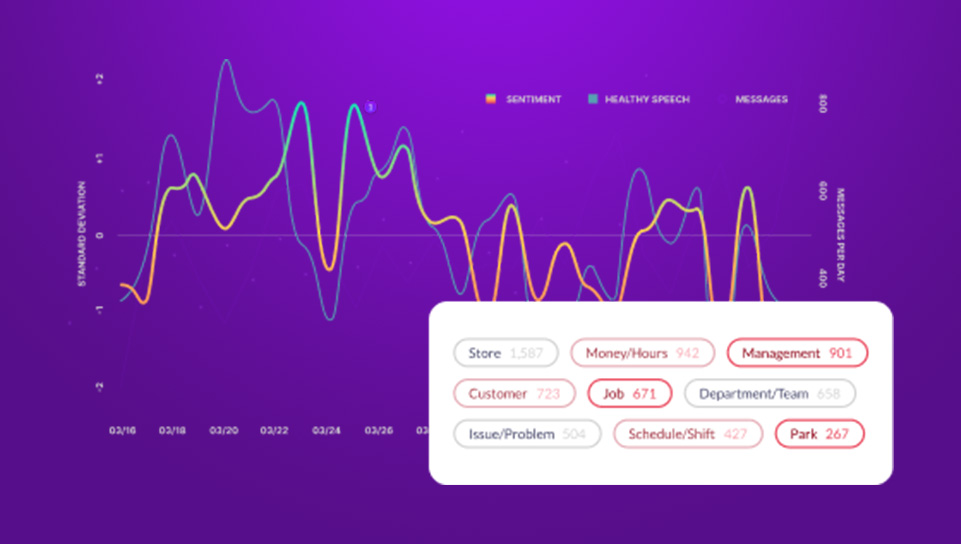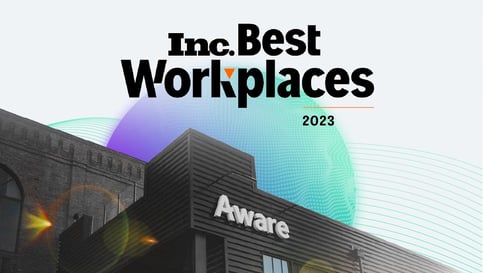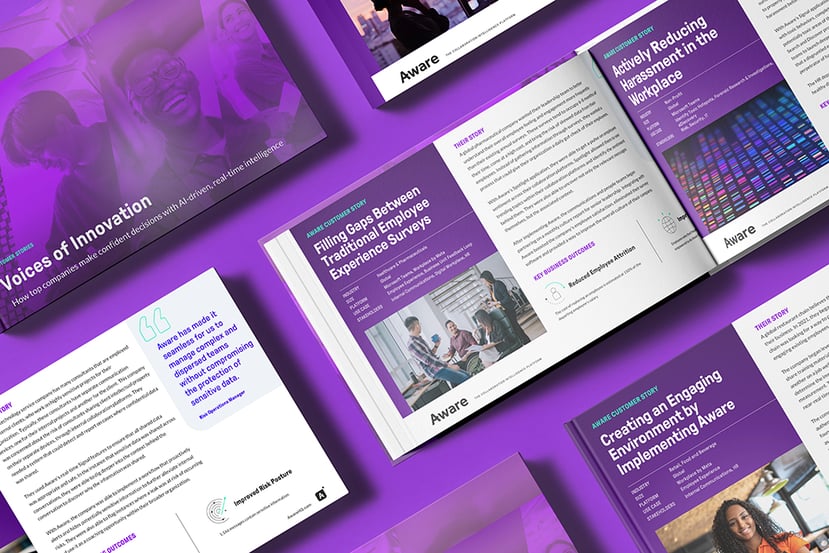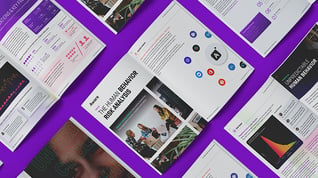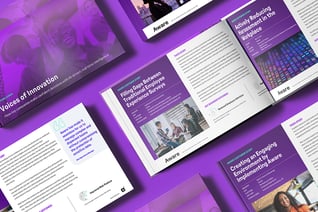How to Win Over Legal on Collaboration Adoption
by Aware
As a champion of collaboration, you need to partner with your legal team to ensure the success of your roll-out. Getting your general counsel onboard with these new tools is essential to confident, wall-to-wall enterprise collaboration adoption.
Workstream collaboration such as Workplace by Facebook, Yammer, Microsoft Teams and Slack disrupts the way offices communicate, connects dispersed teams, results in higher rates of employee productivity and improves overall company culture.
The Collaboration Checklist for Your Legal Team
- Limit legal liabilities with a retention policy
- Maintain your community management strategy
- Preserve edited & deleted message content
- Provide eDiscovery for messages & context
As collaboration tools scale to more users and enterprises, an increasing share of conversational data is moving to these platforms and away from tools such as email. As more people are leaning on collaboration to communicate with their colleagues, the number of conversations that carry legal risk within these tools grows.
Here are a few questions that your legal team may ask about enterprise collaboration:
How will we shield against the liability of employees accessing sensitive corporate information in tools like Workplace by Facebook, Yammer, Microsoft Teams or Slack?
Public and private conversations develop in quick-hitting instant message formats and with informal, chatty characteristics. This results in great outcomes such as increased innovation, decreased silos and higher rates of response.
However, all the things that make collaboration a safe place to share ideas and challenges also makes it a lot easier to hit ‘return’ on a message and send potentially risky content in a private chat that feels private, but in reality can still result in legal ramification.
There are a few steps you can take that will help your legal team breathe easy:
- Help control liabilities by managing the digital community. Introduce norms that protect your employees, customers, and IP. Educate employees that sharing credit card numbers is probably not a good idea in these areas and if you are in a regulated industry, like healthcare, sharing patient information in the wrong areas can still qualify as a HIPAA violation.
- Have a way to enforce your community management policies. Pairing collaboration with a monitoring solution that scans public and private areas of communication for keywords or patterns of concern. This will surface unsafe sharing and you can notify your legal team of potential risks in real-time.
What about early case assessment? Can we efficiently access public and private messages?
Thinking through how your legal team will handle early case investigation will help them give the 👍 to collaboration quickly and confidently.
When there is a pending litigation, legal teams need to gather all relevant data that might prove useful for a case prosecution or defense. This can include financial data, email communications and phone records. With the roll out of collaboration—this should also include public and private conversation content.
Pair your collaboration tool with a solution that allows legal teams to build an archive of all content (including revisions!), enact legal holds to preserve the content from individuals of interest and easily extract relevant content by author or keyword.
How can we control our legal liability for conversational data that will live on these tools?
By creating a digital space for employees to share ideas, innovate and work through challenges—you are also creating a space that will be storing a large amount of intellectual property (IP) and other company information.
Cut your legal team a break by purging conversation data you don’t need. That way they don’t have the burden of discovery if they are performing early case assessment and prevent lingering conversations that no longer offer value to the business from getting in the wrong hands.
Most companies have a retention policy where they generally purge data they are storing after a set amount of time (the amount of time varies across industries and companies). Implement a retention solution that will enable you to apply your organization’s existing retention policies to your collaboration data.
What do we do in the event an employee edits and/or deletes original content within these collaboration platforms?
Collaboration tools are different from more conventional forms of workplace communication—such as email—in that they often enable revision or deletion functionality on messages and shared content.
While the action in and of itself doesn’t mean that your employee has something to hide (more often, it’s a case of a missing comma), it could open up your organization to greater compliance concerns.
Bring a plan to your compliance team for how you are going to archive conversation data, as well as modifications to shared content.
